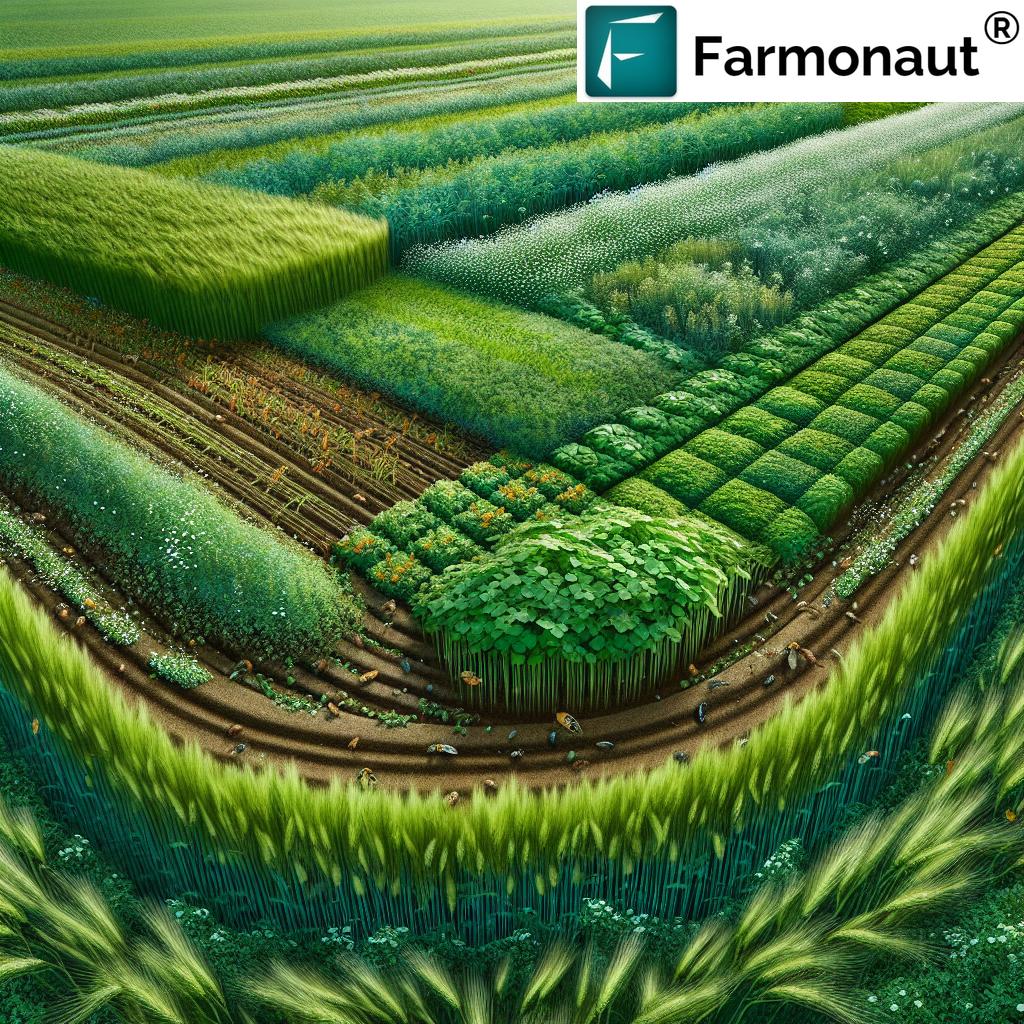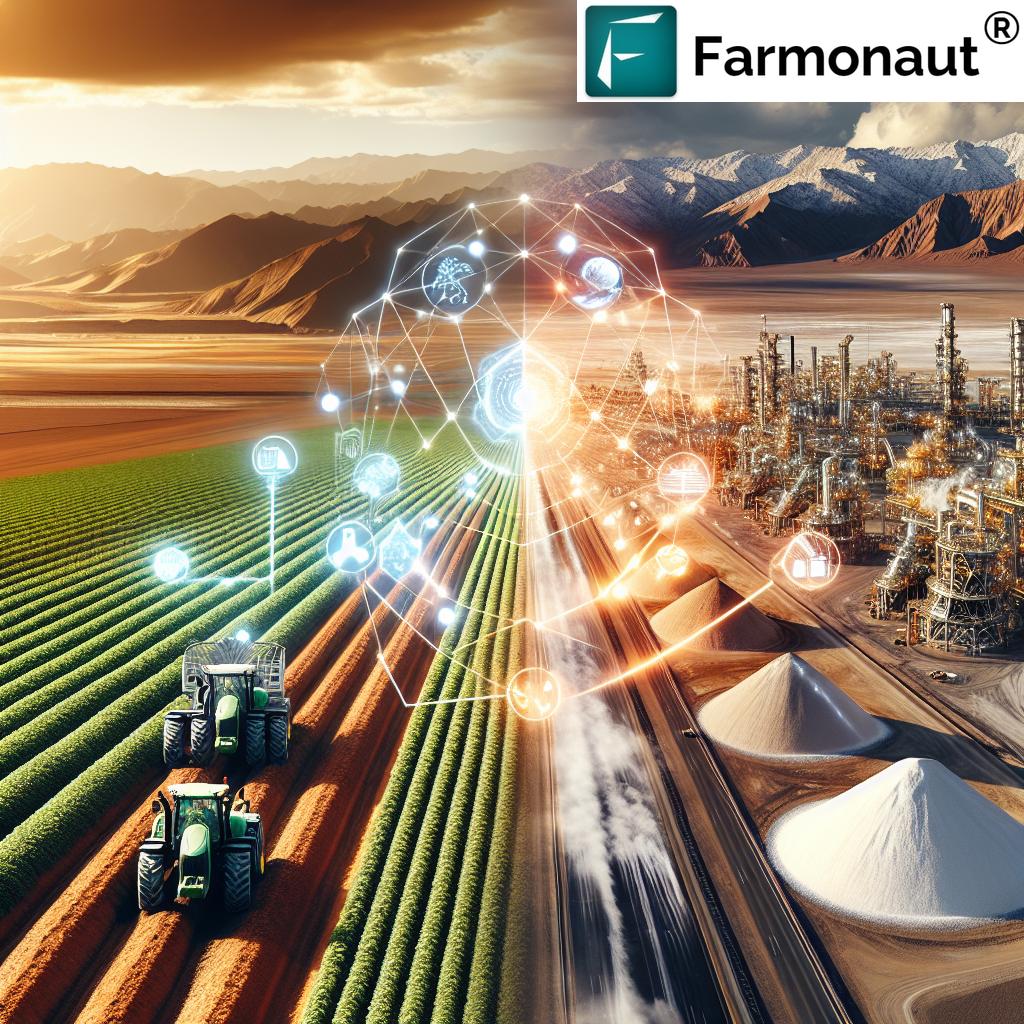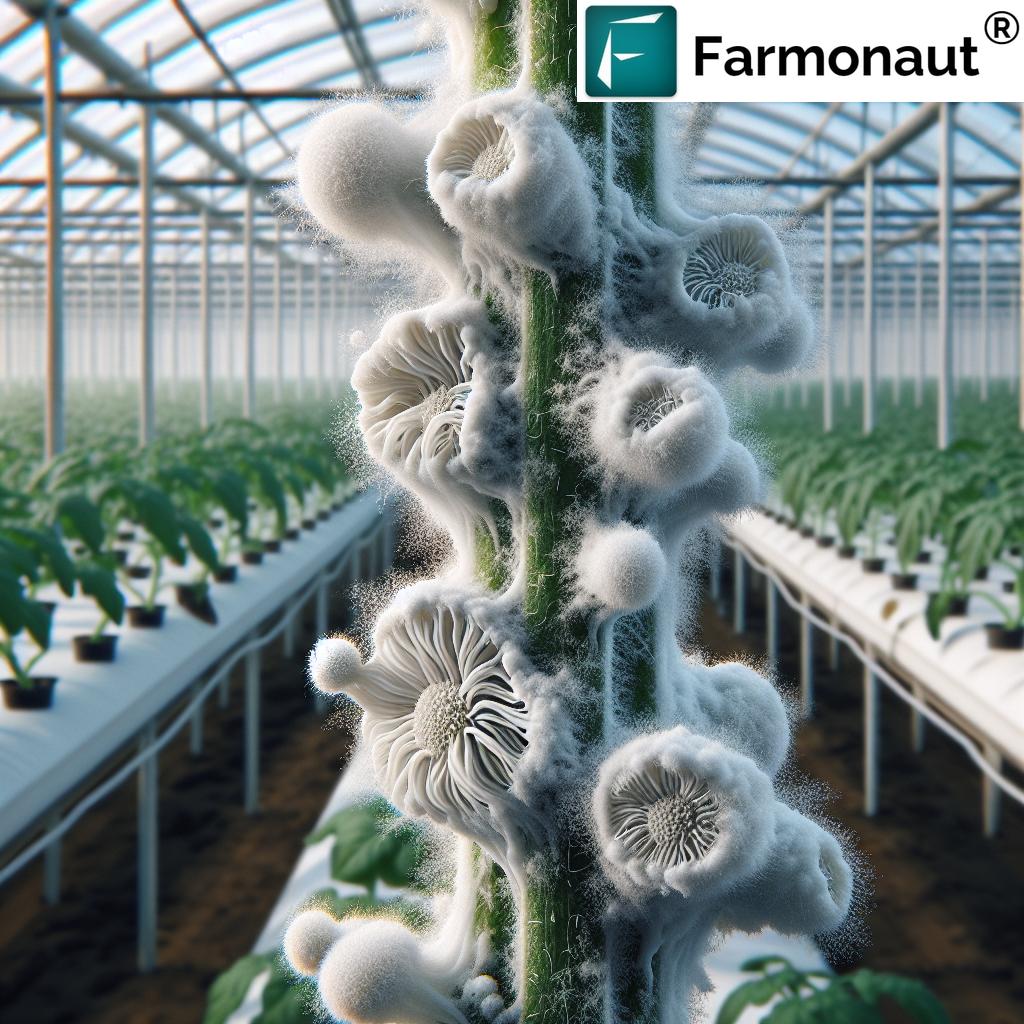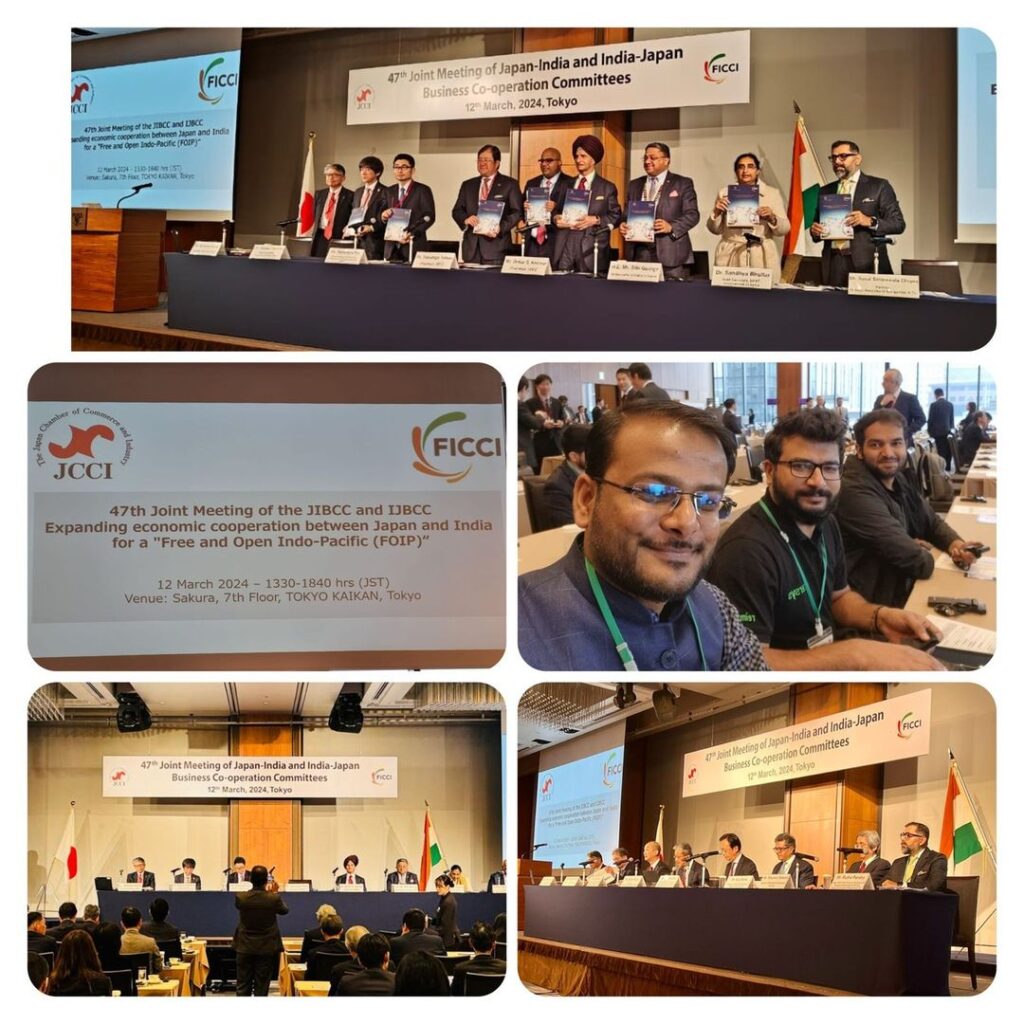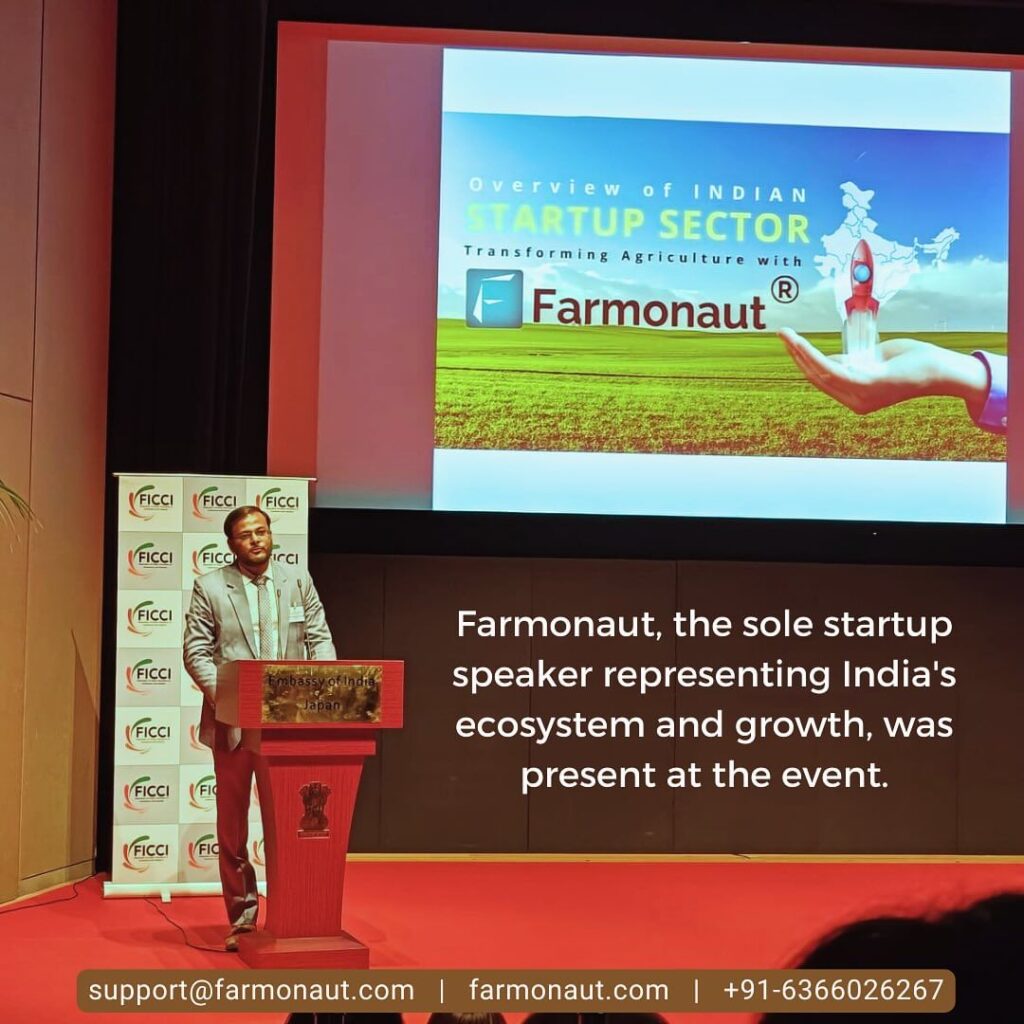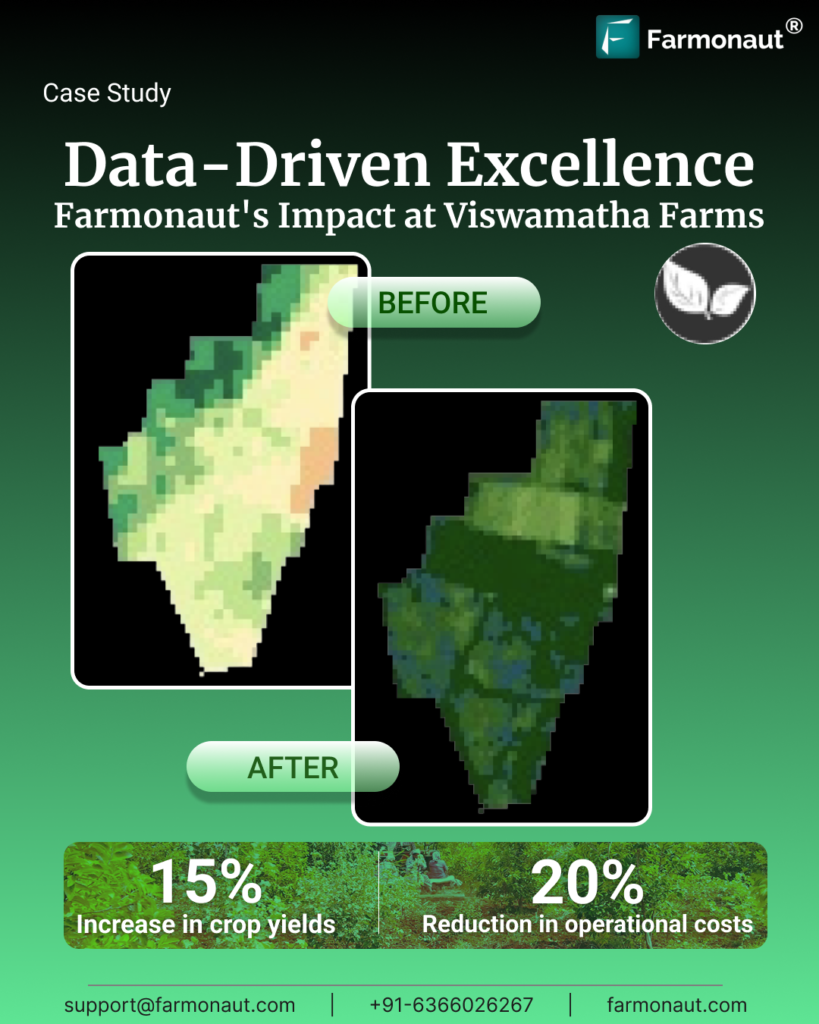Sustainable Agricultural Practices: 7 Soil Hacks You Need
Meta Description:
Sustainable agriculture integrates eco-friendly practices like crop rotation, cover cropping, and no-till farming—improving soil health and future food system resilience.
- Introduction: Why Sustainable Agriculture Matters
- Soil Health: The Foundation of Sustainable Agriculture
- Top 7 Soil Hacks for Sustainable Agriculture
- Comparative Table: Soil Health Benefits of Sustainable Practices
- Why Adopt Sustainable Agriculture? Key Benefits
- Overcoming Challenges in Sustainable Farming Adoption
- Integrating Tech: How Farmonaut Empowers Sustainable Agriculture
- FAQs on Sustainable Agricultural Practices
- Conclusion: Towards a Resilient Future
Introduction: Why Sustainable Agriculture Matters
As we face the twin challenges of feeding a growing global population and preserving our planet’s natural resources, sustainable agriculture stands as the integrated approach we must adopt. Rather than relying on short-term gains, sustainable agricultural practices balance productivity, environmental health, economic profitability, and social equity—ensuring that we meet our current food and textile needs without compromising the ability of future generations to meet theirs.
Our soils are the lifeblood of agriculture, directly affecting crop productivity, water quality, biodiversity, and resilience against climate change. But intensive conventional methods—overuse of chemical fertilizers, excessive tillage, monoculture—degrade soil health and reduce long-term productivity. By adopting sustainable farming practices such as crop rotation, cover cropping, and no-till farming, we can regenerate soil, reduce pollution, and create eco-friendly systems that secure our agricultural future.
Soil Health: The Foundation of Sustainable Agriculture
At the core of all sustainable agriculture is improving soil health. Healthy soils are teeming with beneficial organisms, rich in organic matter, and capable of storing water and nutrients for crops throughout the growing season.
- Soil health ensures strong plant growth and higher yields.
- It supports on-farm biodiversity, reducing disease incidence and pest outbreaks.
- It boosts water infiltration and retention, helping farms weather droughts.
- Soil organic matter acts as a carbon sink, helping to mitigate climate change.
“No single hack will guarantee perfect soil. Instead, using a combination of sustainable farming practices tailored to our climate, land, and cropping systems delivers the biggest gains.”
Top 7 Soil Hacks for Sustainable Agriculture
Let’s explore the seven most effective soil hacks every farmer and grower should consider when striving for sustainability and optimal yields.
1. Crop Rotation and Diversity: The Backbone of Sustainable Farming Practices
Crop rotation benefits are at the core of improving soil health and attaining high yields with fewer chemical inputs. By implementing diverse crop rotations, we disrupt pest cycles, reduce disease incidence, and naturally replenish soil nutrients.
- Alternating between legumes (like beans or peas) and cereals (like wheat or maize) fixes atmospheric nitrogen, reducing the need for chemical fertilizers.
- Such rotations increase the diversity and abundance of beneficial soil organisms.
- Studies confirm rotating crops can increase soil organic matter by up to 58%, while reducing reliance on chemical inputs.
Crop diversity also enhances biodiversity across the whole system, creating more resilient ecosystems that weather pests and erratic weather more easily.
How to Start Crop Rotation
- Plan your rotations so that no two crops from the same family follow one another.
- Alternate deep and shallow rooting crops to optimize nutrient cycling and reduce erosion.
- Include legume crops regularly to naturally boost nitrogen.
Farmonaut’s Satellite-Based Crop Monitoring simplifies rotation planning—track historical fields, soil health trends, and optimize your next crop sequence.
2. Cover Cropping for Soil Fertility and Protection
Cover cropping is a powerful sustainable agriculture technique. By planting cover crops (like clover, rye, vetch, or radish) during off-season or between cash crops, we:
- Protect soil from wind and water erosion.
- Suppress weed growth, reducing the need for herbicides.
- Add organic matter to boost soil fertility.
- Attract beneficial insects for natural pest control.
Cover cropping for soil fertility is especially valuable in areas prone to erosion or with sandy soils lacking organic content. Incorporating mature cover crops into the soil (a practice known as green manuring) further enhances nutrient availability and soil structure.
Best Practices for Cover Cropping
- Plant cover crops immediately after harvest or during periods of field rest.
- Mix species for maximum biodiversity (e.g., combine legumes and grasses).
- Terminate cover crops at flowering to maximize nutrient return to the soil.
Monitor the impact of cover crops on soil moisture and health with Farmonaut’s real-time analytics.
3. No-Till Farming Advantages: Minimizing Disturbance for Healthier Soils
Traditional ploughing and tilling break down soil structure and speed up organic matter loss, leading to soil erosion and poorer yields over time. No-till farming advantages include:
- Minimizing soil disturbance, which preserves natural aggregation and organic matter.
- Reducing soil erosion by up to 90% compared to conventional tillage.
- Enhancing water infiltration and retention—critical for drought resilience.
- Supporting beneficial soil organisms like earthworms and mycorrhizal fungi.
- Increasing carbon sequestration, helping mitigate climate change (effectiveness varies by region and soil type).
Switching to No-Till
- Leave crop residues on the surface to form a protective mulch.
- Use specialized equipment to sow seeds directly without turning the soil.
- Combine no-till with cover cropping for the greatest soil health benefits.
4. Integrated Pest Management in Agriculture (IPM): Responsible Pest Control
Integrated Pest Management (IPM) in agriculture is an ecosystem-based approach combining multiple strategies to control pests while minimizing the use of chemical inputs and their environmental footprint.
- Promote natural predators (e.g., ladybugs, lacewings) by diversifying crops and planting flower strips.
- Use pest- and disease-resistant crop varieties to reduce the need for treatment.
- Apply biological and physical controls before resorting to targeted chemical pesticides, and only when necessary.
IPM reduces health risks to farmers, preserves beneficial insects, and prevents the buildup of resistance among pests.
5. Agroforestry and Silvopasture Systems: Integrating Trees for Whole-Farm Resilience
Implementing agroforestry and silvopasture systems means combining trees, shrubs, or other perennial plants with conventional annual crops or livestock:
- Agroforestry integrates trees into cropping systems—boosting soil fertility through leaf litter, wind protection, and nitrogen-fixing species.
- Silvopasture combines forestry and grazing, improving land use by adding shade and fodder for livestock, reducing animal heat stress, and supporting biodiversity.
- Both systems help sequester carbon, enhance soil resilience, and can provide extra income streams via timber, fruits, nuts, or bioproducts.
How to Start Agroforestry
- Identify compatible tree and crop species for your location.
- Plan spatial layouts to optimize light and resource sharing.
- Monitor soil and crop response using remote sensing or field observations.
6. Conservation Agriculture Methods: Reducing Disturbance, Increasing Diversity
Conservation agriculture methods focus on:
- Minimal soil disturbance—using no-till or reduced tillage approaches.
- Permanent soil cover through mulch or continuous cropping.
- Diversification of plant species—rotational and intercropping systems.
This trio of practices improves biodiversity, increases water and nutrient use efficiency, reduces cost of inputs, and protects the soil from erosion, supporting higher yields in the long term.
7. System of Rice Intensification SRI: Increasing Yields with Less Water and Inputs
The System of Rice Intensification SRI is a proven approach that boosts rice yields while reducing water use and reliance on chemical fertilizers. SRI involves:
- Transplanting younger seedlings at wider spacing for robust root growth.
- Intermittent irrigation instead of continuous flooding—conserving water and improving oxygen levels in the root zone.
- Enhancing soil fertility by adding organic matter and reducing chemical dependency.
- Vigorously managing weeds (often with mechanical weeders instead of herbicides).
Results globally show higher rice productivity per hectare and better climate resilience, with additional economic and social benefits for smallholder farmers.
Integrate SRI monitoring into your own farm management system using Farmonaut’s flexible API—ideal for extension agencies, NGOs, and agri-cooperatives.
See developer documentation for custom insights.
Comparative Table: Soil Health Benefits of Sustainable Practices
| Practice | Estimated Increase in Soil Organic Matter (%) | Reduction in Chemical Input (%) | Enhanced Water Retention | Additional Sustainability Benefits |
|---|---|---|---|---|
| Crop Rotation & Diversity | Up to 58% | 30–60% | High | Reduces disease, improves biodiversity, disrupts pest cycles |
| Cover Cropping | 15–35% | 20–50% | High | Prevents erosion, adds organic matter, supports beneficial organisms |
| No-Till Farming | 10–25% | 20–40% | High | Mitigates soil erosion, increases carbon sequestration, preserves soil structure |
| Integrated Pest Management (IPM) | 0–5% | 50–90% | Medium | Promotes natural pest control, protects pollinators, sustainable yields |
| Agroforestry & Silvopasture | 20–50% | 20–40% | High | Shade/shelter, increases biodiversity, sequesters carbon |
| Conservation Agriculture | 20–45% | 30–70% | High | Preserves soil, reduces costs, sustains productivity |
| SRI (System of Rice Intensification) | 10–20% | 30–45% | Medium | Reduces water use, increases rice yield, lower emission |
Why Adopt Sustainable Agriculture? Key Benefits for Farmers and the Planet
- Environmental Health: By reducing pollution, conserving water, and improving soil fertility, these methods create healthier ecosystems and increase biodiversity. Less chemical runoff results in cleaner rivers and groundwater.
- Economic Profitability: While initial adaptation may require some investment or training, sustainable agriculture methods cut long-term costs as reliance on chemical inputs drops and yields increase through improved soil health.
- Social Equity: By creating diverse income streams, supporting fair labor practices, and strengthening rural communities, sustainable agriculture delivers social and financial resilience.
- Climate Change Mitigation: Practices such as no-till farming, cover cropping, and agroforestry help sequester carbon and adapt to climate change impacts.
Did you know? Farmonaut’s blockchain traceability solution increases supply chain transparency for agri-food companies, ensuring eco-friendly sourcing, authenticity, and greater consumer trust.
Overcoming Challenges in Sustainable Farming Adoption
Although the benefits of sustainable agriculture are substantial, some challenges may slow or complicate adoption:
- Knowledge and Training: We must invest in farmer education and ongoing training to ensure successful adoption—for instance, learning about optimal rotations, timings, or pest management strategies.
Tip: Farmonaut’s Jeevn AI Advisory System offers personalized crop and soil management advice to support continuous education. - Initial Costs: While some sustainable farming practices demand upfront investments (new equipment, seeds, or training), the long-term savings and productivity gains routinely outweigh these initial costs.
- Policy and Support: National and local policy frameworks that provide incentives, subsidies, or technical support accelerate the adoption of these sustainability-focused approaches.
Innovative technology solutions make a critical difference in overcoming these barriers by providing farmers with accessible, real-time data and expert recommendations.
Integrating Tech: How Farmonaut Empowers Sustainable Agriculture
Today’s precision agriculture offers an unprecedented ability to manage farms at scale, monitor crop health, optimize resource use, and document sustainable practices—all without replacing the wisdom of traditional farming. Technologies like those from Farmonaut help bridge the gap between ancestral knowledge and next-generation food systems.
- Satellite-Based Crop Health Monitoring: Use NDVI, soil moisture levels, and other satellite-derived metrics for real-time insight into crop performance and field variability, leading to more precise irrigation, fertilization, and pest management—optimizing yields while reducing resource waste.
- Jeevn AI Advisory System: Get data-driven, personalized advice on climate events, pest outbreaks, and best farming practices, empowering even smallholder farmers to adopt sustainable agriculture techniques confidently.
- Blockchain-Based Product Traceability: Document all stages of the crop’s journey, from field to food processor, assuring buyers of your eco-friendly credentials—especially valued by food and textile companies and conscious consumers.
- Carbon Footprinting: Quantify your field’s carbon sequestration and emissions in real-time, supporting climate-friendly initiatives and compliance with future policy requirements.
- Fleet & Resource Management: For larger operations or cooperatives, the Fleet Management module tracks all farm machinery and logistical resources, minimizing operational costs and maximizing efficiency.
- Scalable, Accessible, and Affordable: With web, Android, and iOS access—plus a powerful API for developers and agribusinesses—Farmonaut ensures advanced tools are within reach of every farmer, everywhere.
Ready to enhance your farm’s productivity, profitability, and sustainability?
Try Farmonaut’s Satellite Platform—see your crops, plan smarter, and connect with precision agriculture for a better tomorrow.
Farmonaut Subscription Options
Whether you are a smallholder or large-scale operator, choose a Farmonaut subscription package that fits your needs. Access advanced satellite-based monitoring, AI advisory, blockchain traceability, and more.
Conclusion: Towards a Resilient and Productive Food Future
As members of an increasingly global and interconnected food system, it’s our shared responsibility to adopt sustainable agriculture principles and the best soil hacks. By embracing integrated approaches—crop rotation, cover cropping, no-till farming, IPM, agroforestry, conservation methods, and SRI—we can enhance soil health, increase profitability, support biodiversity, reduce environmental impact, and build lasting resilience for ourselves and generations to come.
Technology platforms like Farmonaut are key allies in this journey, making advanced monitoring, analysis, and management accessible for every farm. Let’s create sustainable, productive, and equitable food systems—starting from the soil beneath our feet.






